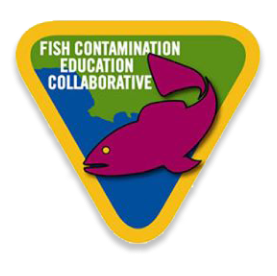Carmen Introduces Our E-Newsletter’s 10th Issue
 I’m happy to introduce the 10th issue of our e-newsletter!
I’m happy to introduce the 10th issue of our e-newsletter!
This issue has a lot of great stories by our FCEC team. I’m also pleased to report that the issue comes on the heels of a very successful Partners’ Meeting held in late January where nearly 30 partners gathered at the Los Angeles County Department of Public Health offices (big thank you to Marita) to discuss the program’s achievements and get updates from each other on spreading the word on fish contamination in their respective communities.
This issue is packed with this very topic – fish contamination – including what fish to avoid and what fish is safe to eat when prepared properly and consumed in moderation.
We also talk about the root causes of our fish advisories, dating back to the 1940s and 1980s. We discuss how manufacturing plants in Los Angeles released chemicals called DDT and PCBs into the sewer system and led to the fish advisories you see today.
For instance, did you know that topsmelt caught in the Palos Verdes Shelf in Southern California is highly contaminated and should not be consumed? If you’d like to know how to identify this contaminated fish, check out our video on how to do this.
While there are many locally-caught fish species such as white croaker and topsmelt mentioned above that should not be consumed, there are plenty of fish that are ok to eat. However, these fish should still be consumed about once or twice a week and prepared as fillets without the skins. Here is a webpage that lists all the fish that are safe to eat with those restrictions.
Finally, if you’d like to do good and feel good by eating seafood that’s sustainable, Whole Foods now has a handy labeling system that allows you to see the various sustainability levels of different seafood. After all, a smart consumer is a well-informed consumer.
I hope you’ll enjoy our articles and as always, we’d love to hear what you think so let us know!
Sincerely,
Carmen White
EPA

